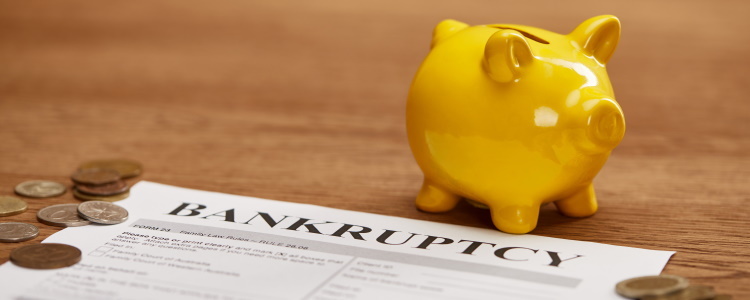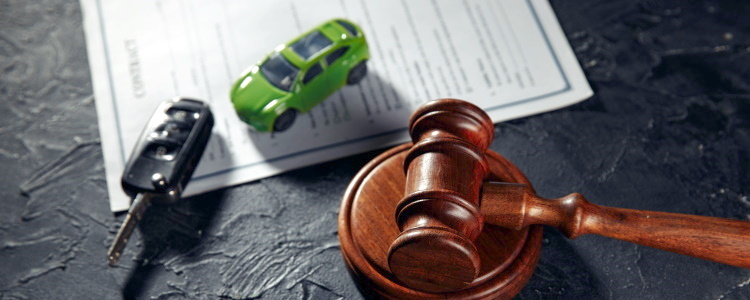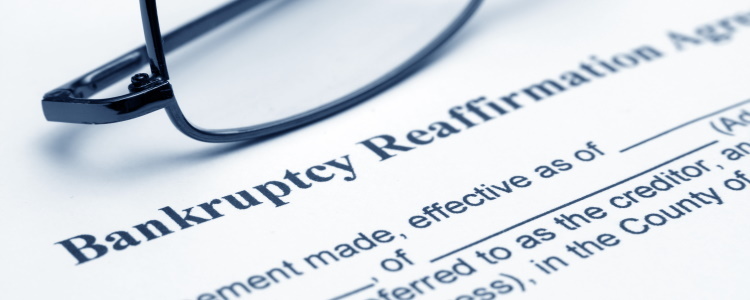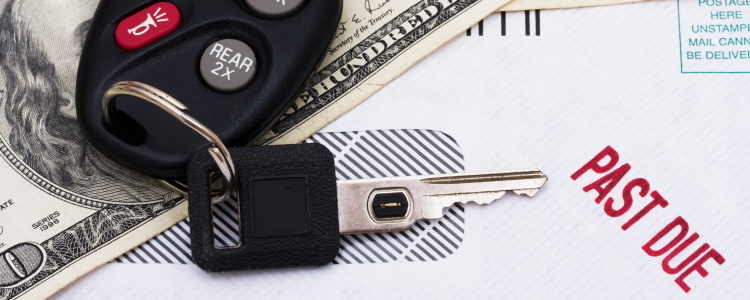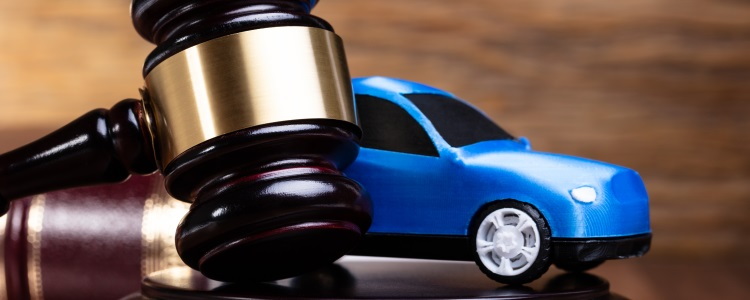Refinancing your car is most likely not going to be an option while you’re in the middle of a bankruptcy filing. However, if you’re worried about keeping your vehicle or changing the terms, this may be possible depending on what type of bankruptcy you’ve filed.
Chapter 7 Bankruptcy and Car Loan Options
A Chapter 7 filing is usually referred to as a liquidation bankruptcy because any non-exempt assets are typically sold to pay your creditors. Usually, this type of filing is completed within three to five months. Getting financed for another car or refinancing your current loan isn’t normally an option during a Chapter 7 bankruptcy, since it’s such a short time frame.
However, in some Chapter 7 bankruptcy cases, you're likely to be able keep an affordable vehicle. Keeping your car also depends on whether or not you’re current on the payments. Here are some options to explore for keeping your vehicle during a liquidation bankruptcy:
Redemption – This option can be difficult, but you can pay the car’s actual cash value (ACV) in one lump sum. With this option, you aren’t required to pay the entire loan balance since you pay the vehicle’s ACV. If there’s a remaining loan balance, it’s discharged through the bankruptcy. Once the car is paid off, the lien is removed and you own it.
Reaffirmation – Continue to pay for the vehicle as originally agreed, including after the bankruptcy has been discharged. With this option, the lender agrees not to repossess the car if you’re current on the payments.
Negotiation – In some cases, your lender may allow you to restructure the payments. The lender isn’t required to negotiate, but they may be willing to work with you. Open communication with your lender may help increase your odds of negotiating a plan that works for both of you.
Surrender – If you can’t afford the payments, and there’s nothing your lender can do, you can simply surrender the vehicle. The lender then typically sells the car at auction to cover the loan balance. This is also called a voluntary repossession. Any remaining balance is discharged through the bankruptcy.
Chapter 13 Bankruptcy and Car Loan Options
A Chapter 13 bankruptcy is often called a reorganization bankruptcy because you’re rearranging your debts, and working to pay at least part of them off. You’re also not obligated to give up your property, but you must keep up on all loan payments to avoid repossession.
Refinancing isn’t usually an option, since you probably won’t get approved to refinance by a lender during a Chapter 13 bankruptcy. Additionally, you must get permission from the court to incur additional debt, which usually takes a while. However, you may be able to “cram down” your loan.
A cramdown is available for those who financed a car more than 910 days before filing for a Chapter 13. This is similar to a redemption in a Chapter 7, since the loan balance is reduced to the vehicle’s ACV instead of the entire loan balance. However, you continue to make monthly payments, and not the lump sum like the Chapter 7 redemption option.
Financing Your Next Car
Once you’ve successfully completed your bankruptcy, also called a discharge, you can usually get into another car loan right away. Once you get your discharge papers, if you need a different vehicle, working with a subprime lender who has experience with post-bankruptcy loans could be for you.
Subprime lenders work through a dealership’s special finance department, and their loans are reported to the credit bureaus. With on-time payments, this could help repair your credit and raise your credit score after a bankruptcy, while getting you into a new car.
At Auto Credit Express, who know which dealers work with subprime lenders who are experienced in working with all types of unique credit situations. To get matched to a dealership with a special finance department, complete our free auto loan request form, and we’ll get to work right away!

